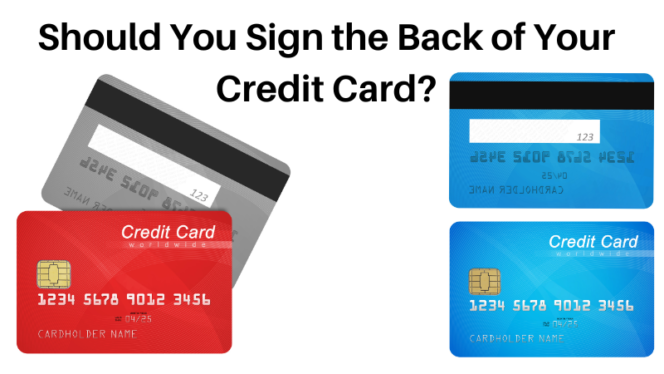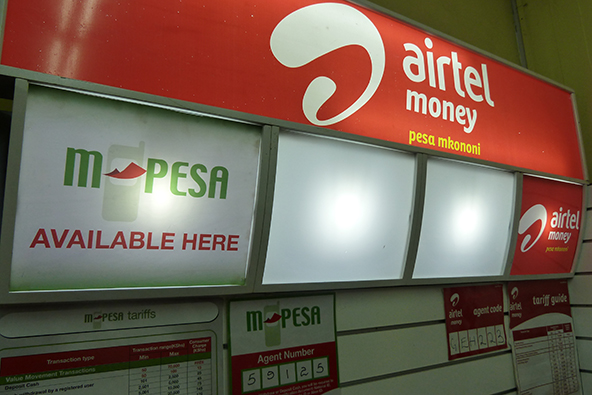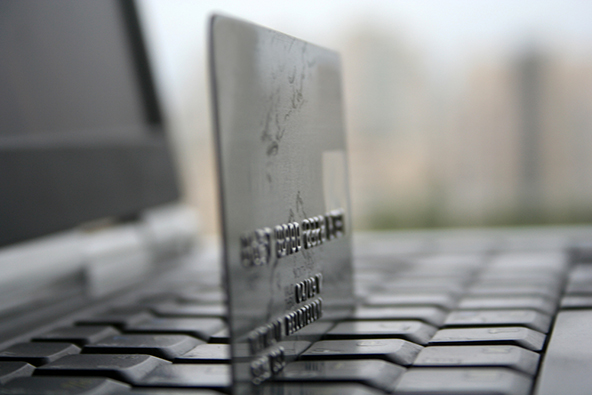Should You Sign the Back of Your Credit Card? Is it Safe?

Should You Sign the Back of Your Credit Card? Is it safer if you leave it blank or do you write “See ID” instead? What you should do?
Signatures aren’t nearly as vital for the credit card system as they once were. In the past, you will have to put your signature to verify your card purchase.
However, the requirement to sign transactions is more of an exception than the norm.
There’s still an opportunity to add your name to your credit card’s back.
Because of potential fraud, some people don’t sign their credit cards. This fear is a remnant of the old system and the custom that writes “SEE ID” on the signature panel on one side of the card. It’s an additional attempt to prevent a credit card fraud.
In fact, it’s perfectly secure to sign on the reverse of the credit card if you decide to do so.
Card fraud can happen in all likelihood, but it’s not due to your signature on the card.
TABLE OF CONTENT:
- Should You Sign Your Credit Card?
- What Changed with the Signature on the Back of the Credit Card?
- Tips for Protecting Against Credit Card Fraud
- F.A.Q.
Should You Sign Your Credit Card?
Having a sign on your credit card back is better than having nothing on it. This is another method the credit card company offers to ensure that your personal information is as secure as possible. When used with the credit card verification value (CVV), it provides an avenue of protection if someone attempts to steal it.
Although the signature itself won’t guarantee your identity, the possibility for a salesperson to compare it with your already official signatures is what makes it valuable. It’s usually done by using your driver’s license, or the passport can be an excellent stand-in if you’re traveling.
So, just spending a few seconds to sign that tiny strip of black or white could be the difference between you being a victim of identity theft and not.
Here’s how the major credit card networks deal with unsigned cards:
Mastercard
Mastercard advises merchants on its payment network not to take on customers’ charges using no-signed credit cards. On the back of the Mastercard card is a note that reads “not valid unless signed.”
The company is trying to instill in merchants that they should not take customer payments unless the customer’s signature is visible on the back of the credit card.
If the card is not signed, merchants have to request the customer to sign their card. The customer also has to present a valid identity document to the merchant.
Visa
For a Visa credit card, merchants must ensure that signature on the credit card back is the same as on the transaction receipt and the ID. They want to be sure that you are the person you claim you are by re-creating the exact signature.
Visa believes a credit card without a signature is invalid. Its words – “Not Valid without Signature” appear on top, beneath, or next to the signature section on every Visa card. If you flip the card, you’ll find it. Like Mastercard, Visa urges merchants not to accept credit cards without a signature.
Suppose a consumer presents their non-signed Visa card to a shopkeeper for payment. In that case, Visa requires a merchant to verify the person’s identity by requesting a government-issued proof of ID.
If it is permitted by law in the state, the Visa merchant is also allowed to record the customer’s ID serial number and expiration dates on the receipt for sales. In California, around 1971, personal recording data in credit card transactions became illegal following legislation known as the Song-Beverly Credit Card Act.
Visa will also require merchants to request the customer sign the card with complete visibility from the store. They will then verify whether the newly signed name on their credit card corresponds to the signature on the card’s ID. If a consumer cannot sign the Visa card, it is deemed invalid and therefore cannot be processed. Merchants are then forced to request an alternative method of payment.
American Express
American Express also urges retailers to check the customer’s signature on the back of the American Express card with the transaction receipt. If the American Express card is presented without a signature, the store clerk has to ask for photo identification of the person giving the card with an official signature. Then, they have to ask the customer to be able to sign both the back of the American Express card and the sales receipt while the merchant holds the customer’s picture ID.
What changed with the signature on the back of the credit card?
Today, most credit card transactions are handled in two ways. One way is by chip readers that authenticate the transaction using an identifier. The second way is online, where signatures are not required at all. The significant credit card providers, Visa, Mastercard, Discover, and American Express – do not require signatures anymore.
The individual retailers, however, can require signatures. Because of this, card issuers will continue to offer the signature panel in the unlikely event someone checks. In reality, Visa and Mastercard have guidelines that say that unsigned cards are technically unusable. Therefore, stay on the provider’s side and make sure you sign your card.
Essentially, the same technological advancements that made signatures on credit cards obsolete have almost eliminated the risk of signing on the back of your card.
If your credit card is stolen or lost, you can declare it stolen and get it deactivated to ensure that no one can use it, even in the event of trying.
Even if you don’t discover it’s missing, the legal responsibility for fraudulent charges is limited – and the majority of large issuers operate a zero-liability policy anyway.
Leaked or stolen credit card data can cause fraud. However, the signature replaced the weak point in the process.
Tips for Protecting Against Credit Card Fraud
- When you go out, take with only the credit cards that you will potentially need. If you travel, make your list of credit cards in your bag. Note down their full number of accounts and expiration dates with contacts for issuers. This will be useful if something happens to your phone, wallet, or both during travel.
- Start reviewing your credit card statement online, so you don’t have to store and destroy your statement on paper. Be sure to save your passwords for online accounts in a secure place and keep them updated periodically.
- Examine the transactions on your credit cards every month to identify any mistakes or suspicious transactions. Ensure you report any transactions you don’t recognize to the credit card company.
F.A.Q.
Is it safe to sign the back of my credit card?
At one point, every purchase made with a credit card was checked by a signature. Merchants would match that signature with the buyer’s signature when making the purchase. If anyone could duplicate your signature, it could be much easier for them to steal your card.
However, that is long gone. Today, transactions made with credit cards are verified using other methods. Fraud is still a problem, but not due to signatures.
Is it necessary to sign the back of a debit card?
It’s possible to get away without having to sign the credit or debit card you use. However, there’s no actual danger in signing it. The same advancements in technology that have rendered signatures ineffective for transactions with credit cards – such as EMV chips and online transactions are also making it more secure to sign your credit card.
There is no requirement for signatures on the most popular credit card companies such as Visa, Mastercard, American Express, or Discover. However, merchants can choose to ask for signatures. And technically speaking, a signature that is not on a card may be deemed to be invalid. Thus, make sure you sign it.
Where to sign credit card?
You will see a white stripe on the back of the credit card. It is known as the signature strip on the credit card.
To sign, use a felt-tipped pen. It allows the ink to stick, preventing it from spreading and getting soaked in the polymer.
Make sure you sign your name just as you would on any other document form (like your ID). It should appear similar if you sign business checks on one document to the next.


